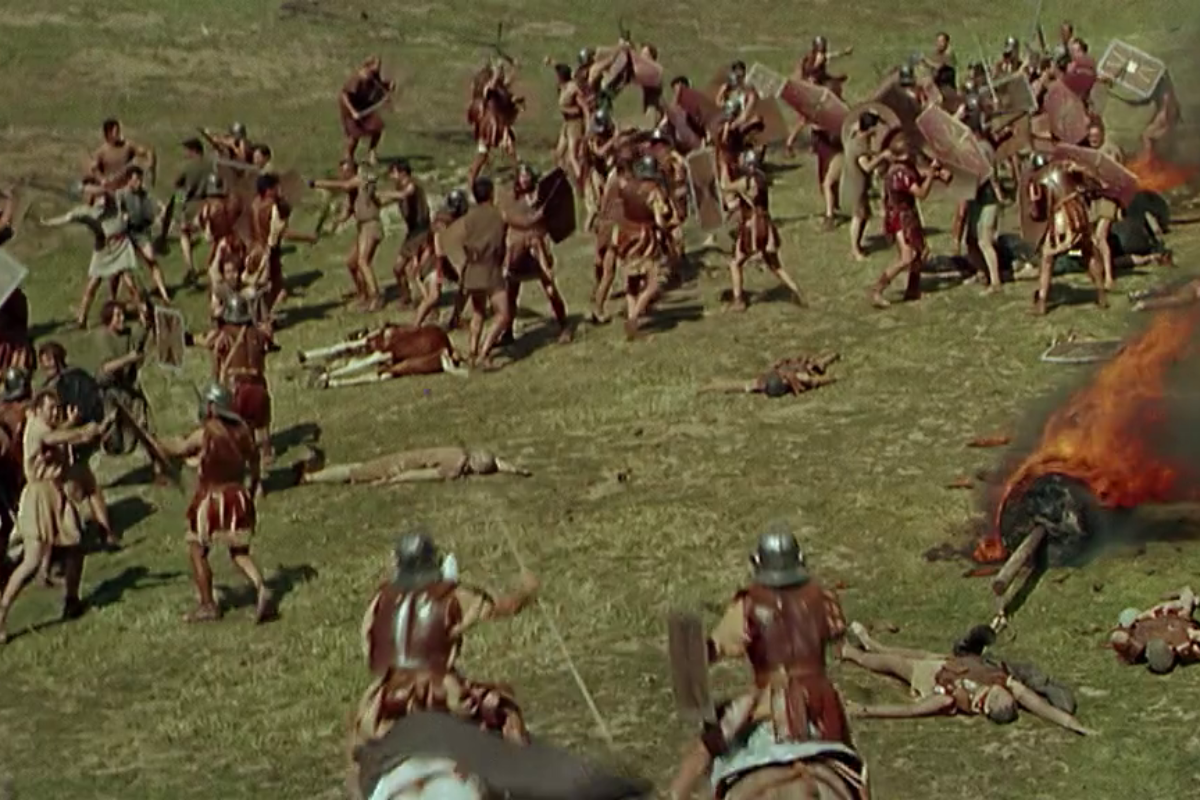Before CGI, one director marshaled an army for real, and the result still outguns today’s digital spectacles. Sixty-five years on, which classic battle is still teaching blockbusters how to fight?
On a sun‑bleached field outside Madrid in 1960, 8,000 Spanish infantrymen stood shoulder to shoulder so Stanley Kubrick could stage revolt without a single pixel of CGI. Spartacus charges into the frame with Kirk Douglas, Laurence Olivier and Jean Simmons anchoring a clash that turns an Italian‑set fight for liberty into hard, thundering reality. Every formation is a person, every shield a decision, and the camera drinks in an army that actually exists. The shockwaves from that day still ripple through modern epics like Gladiator and Braveheart.
When Spartacus defied Rome, cinema won the battle
It has been 65 years since the epic battle sequences in Stanley Kubrick’s Spartacus lit up cinema screens, and their scale still feels unmatched. Shot in 1960, this monumental vision of defiance and liberty continues to mesmerize. Thousands of performers made the spectacle possible, among the most ambitious battle scenes ever committed to film. No CGI, only human craft and coordination.
A tale of rebellion set against Rome’s might
At its core, the film follows Spartacus, a Thracian gladiator who rises against Roman slavery with unwavering resolve. The climactic battle sets his loyal, fiercely driven army against Rome’s disciplined legions, capturing both the immensity of warfare and the intimate stakes of resisting oppression. Filmed across sweeping landscapes near Madrid, the sequence fuses scale with emotion, showing how courage can confront an empire’s power.
The extraordinary vision of Stanley Kubrick
At just 31, Stanley Kubrick took over from an earlier director and elevated the production. Kirk Douglas leads as Spartacus, with Laurence Olivier and Jean Simmons adding gravitas that matches the vastness of the setting. Most remarkable of all, 8,000 Spanish soldiers from the infantry populated the battlefield, turning the plain into a living army.
Coordinating thousands without digital effects was a logistical feat, every clash and maneuver staged for real under Kubrick’s meticulous eye. Wide-angle lenses were employed so that no participant, however small in the frame, disappeared from view, preserving the scene’s authenticity and breadth.
A legacy carved in cinematic history
The painstaking craft behind this battle didn’t only thrill audiences in 1960, it set a benchmark for epic filmmaking. Works like Gladiator and Braveheart clearly echo its mix of scale, drama, and grounded realism. Spartacus went on to earn four Academy Awards, recognized not just for technical prowess but for the human pulse animating its spectacle.
In an age dominated by digital imagery, Spartacus stands as a testament to real-world artistry, built by hand and captured in camera. The attention to detail feels timeless precisely because it was forged through tangible effort.
A film worth revisiting
If you have yet to discover Spartacus, now is an ideal moment to dive in. For those who know it well, the battle sequence rewards fresh viewing, its craft revealing new layers each time. 65 years on, the film has not faded; its legend has only grown.

